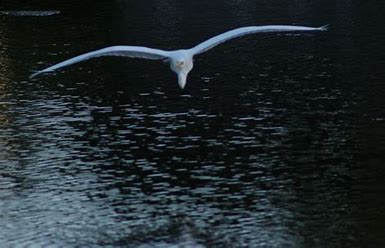Our goal at Bay Soundings goal has always been to create science-based content written for readers who aren’t scientists, That can be challenging so we’ve started an FAQE — Frequently Asked Questions about Estuaries — to explain terms that might not be fully clear in the context of a news article.
What’s a littoral shelf?
The original term was the impetus for this page was the importance of littoral shelves (also known as zones) in retention ponds. They’re sloping shorelines — like you would see on a natural pond or lake. Littoral shelves are required by state and local governments now but thousands of retention ponds were built with steep slopes before those regulations were passed.
They’re critically important because the plants growing in that shallow zone absorb pollutants from stormwater flowing through a neighborhood and carrying fertilizers, animal feces and petroleum products to the pond. They protect shorelines from erosion. From an esthetic perspective, they’re also the most biologically diverse and active zone in the average artificial pond. Planted with native plants, they provide habitat for wildlife, including birds, benthic animals at the bottom of the food chain and young fish.
What’s a Watershed?
Whether you know it or not, you live in a watershed. The dictionary definition is “an area of land that drains all the streams and rainfall to a common outlet such as the outflow of a reservoir, mouth of a bay, or a stream channel.”
In other words, if the storm drain near your home runs into a nearby body of water, you’re in that body’s watershed. Most people live in multiple watersheds. For instance, a house in the Buckhorn Creek watershed is also in the Alafia River watershed which drains into Tampa Bay and ultimately the Gulf of Mexico.
What happens in each of your watersheds significantly impacts the water quality in adjacent bodies of water. At just 400 square miles, Tampa Bay receives water from more than 6,000 square miles so the impact is concentrated.
Stormwater collected in the region’s watersheds has become the single-largest source of pollutants in Tampa Bay.
What are citizen-scientists?
Citizen-scientists provide a critical link between the researchers tasked with tracking diverse changes in ecosystems and the boots-on-the-ground data that is necessary to understand the issues.
Citizens-scientists report on thousands of issues, from water quality in stormwater ponds to when buds start forming on plants. Some projects require adult participation but many are perfect for curious kids who want to make a difference in their neighborhoods.
Learn more at http://baysoundings.com/citizen-scientists-step-up-to-help/
What is microplastic?
That discarded plastic bag or water bottle may appear to disappear over time, but it hasn’t really gone anywhere. It’s breaking down into tiny pieces of plastics typically referred to as microplastics that can last for centuries. Scientists are only beginning to track the sources for microplastics and the long-term impact they have on sealife.
In Tampa Bay, microplastics were found in every single water sample collected by Eckerd College students. Nine of the 10 manatees who died in Tampa Bay had plastic or microplastics in their stomach or intestines, probably eaten while they were grazing on seagrasses.
Learn more about the Eckerd study at http://baysoundings.com/microplastics-everywhere-in-tampa-bay/.
